Costumi by Giò Ponti for Bardelli Ceramica, Italy.
14 New old stock 1980's ceramic tiles designed by Giò Ponti.
A beautiful complete impossible to come by set in great condition.
Il Pulcinella di Strawinsky's "Pulcinella" and Gluck's "Orfeo".
These were Gio Ponti's two principal encounters with the theatre, taking place within the same decade and cantered on La Scala: I have worked at La Scala Scenes and costumes: but Ponti would have liked to be the director and not just dress the characters and dress the stage. He had felt this way ever since he had fallen in love with the Russian ballets of Diaghilev at first sight, and then with Apia's theatre. Gio Ponti's architecture was itself almost a theatre, a stage for the moving figures that appeared and disappeared from its staircases, balustrades, balconies, and perspectives. And the clothes that he loved to designwere already costumes. Like the ones for his theatre: costumes that looked as if they were cut out of paper, that one slipped into to make them dance: total costumes, in which the wearer disappeared; the hands vanished always gloved, and so did the hair always under a hat. Simplified costumes, made to be viewed from afar, with nothing material, and still less historical, about them. So were his scenes, which had to look like mere enlargements of rapid sketches. That is to say, they were intended to allude to scenes, not to be them. To simulate the theatre. This is why Ponti wrote on his sketches, do it badly. What he loved about theatrical costume makers was their extraordinary capacity for improvisation. What he feared, and detested, were attempts at theatrical realism. It could be said that his kind of performance was the ballet, and his kind of character was Harlequin, an acrobat of grace and detachment even if -see his theatre script II Coro- he sometimes lapsed into solemnity.
GIO PONTI was born in Milan on November 18th, 1891. He graduated in architecture to the Polytechnic of his town in 1921. He carried out his activity for six decades - from 1920 up to 1970 - not only in architecture, but also in the fields of painting, design, teaching, and journalism. Planning and promoting quality, by means of exhibitions and magazines, were the univocal objectives for him, and for his meaning for future. Of the years twenty are his first architecture “neoclassic” works, the house of Randaccio street in Milan, the Bouilhel house in Garches, Paris. from 1923 up to 1930 he was the artistic manager of Richard Ginori, and he remade the entire production of the company. For Gio Ponti the ceramics was always his favorite explication, from the creation of the “animated bottles” for Ceramica d’Imola, to the various ceramic series often created in connection with architecture, such as the ceramic tiles “diamanti” of the Ceramica Joo, and also for the façades of the Pirelli skyscraper, or the Shui-Hing Stores in Hong Kong, or the Bijenkorf Stores in Eindoven Holland, or the INA palace in S. Paolo street Milan. In 1928 he established Domus magazine, that will be managed for fourty years. In 1941 he established the magazine Stile. Gio Ponti architecture, well known all over the world can be discussed in an emblematic way; if the Pirelli tower is the architectural symbol of 1950, the cathedral of Taranto and the museum of Denver in Colorado are the new symbols of 1970. In the design field, the Pavoni coffee-machine pointed out the creative reneval of design in 1950, such as also the super-light chair of Cassina. The “colored floors” for “Salzburger Nachrichten” in Salisburgo are the Gio Ponti contribution to the of the years ’70. Gio Ponti died in Milan on September 16th, 1979, he was 88 years old.
Costumi de Giò Ponti para Bardelli Ceramica, Italia.
14 Nuevos azulejos de cerámica de 1980 diseñados por Giò Ponti.
Un hermoso conjunto completo imposible de conseguir en excelentes condiciones.
Il Pulcinella de "Pulcinella" de Strawinsky y "Orfeo" de Gluck.
Estos fueron los dos principales encuentros de Gio Ponti con el teatro, que tuvieron lugar en la misma década y se representaron en La Scala: He trabajado en La Scala Escenografía y vestuario: pero a Ponti le hubiera gustado ser el director y no sólo vestir a los personajes y vestir el escenario. Se sentía así desde que se había enamorado a primera vista de los ballets rusos de Diaghilev, y luego del teatro de Apia. La arquitectura de Gio Ponti era en sí misma casi un teatro, un escenario para las figuras en movimiento que aparecían y desaparecían de sus escaleras, balaustradas, balcones y perspectivas. Y la ropa que le gustaba diseñar ya era vestuario. Como los de su teatro: trajes que parecían recortados en papel, en los que uno se deslizaba para hacerlos bailar: trajes totales, en los que el portador desaparecía; las manos se desvanecían siempre enguantadas, y lo mismo el pelo siempre bajo un sombrero. Trajes simplificados, hechos para ser vistos desde lejos, sin nada material, y menos aún histórico, en ellos. Lo mismo ocurría con sus escenas, que debían parecer meras ampliaciones de rápidos bocetos. Es decir, debían aludir a escenas, no serlo. Simular el teatro. Por eso Ponti escribía en sus bocetos, hazlo mal. Lo que amaba de los figurinistas teatrales era su extraordinaria capacidad de improvisación. Lo que temía, y detestaba, eran los intentos de realismo teatral. Podría decirse que su tipo de espectáculo era el ballet, y su tipo de personaje Arlequín, un acróbata de la gracia y el desprendimiento aunque -véase su guión teatral II Coro- a veces cayera en la solemnidad.
GIO PONTI nació en Milán el 18 de noviembre de 1891. Se licenció en arquitectura en el Politécnico de su ciudad en 1921. Desarrolló su actividad durante seis décadas -desde 1920 hasta 1970- no sólo en la arquitectura, sino también en los campos de la pintura, el diseño, la enseñanza y el periodismo. La planificación y la promoción de la calidad, mediante exposiciones y revistas, fueron para él los objetivos unívocos y su sentido de futuro. De los años veinte son sus primeras obras de arquitectura "neoclásica", la casa de la calle Randaccio en Milán, la casa Bouilhel en Garches, París. de 1923 a 1930 fue director artístico de Richard Ginori, y rehizo toda la producción de la empresa. Para Gio Ponti la cerámica fue siempre su explicación favorita, desde la creación de las "botellas animadas" para Ceramica d'Imola, hasta las diversas series cerámicas creadas a menudo en relación con la arquitectura, como las baldosas cerámicas "diamanti" de la Ceramica Joo, y también para las fachadas del rascacielos Pirelli, o los almacenes Shui-Hing de Hong Kong, o los almacenes Bijenkorf de Eindoven Holanda, o el palacio INA de la calle S. Paolo de Milán. En 1928 funda la revista Domus, que dirigirá durante cuarenta años. En 1941 funda la revista Stile. La arquitectura de Gio Ponti, bien conocida en todo el mundo, puede considerarse emblemática; si la torre Pirelli es el símbolo arquitectónico de 1950, la catedral de Taranto y el museo de Denver en Colorado son los nuevos símbolos de 1970. En el campo del diseño, la cafetera Pavoni señaló la renovación creativa del diseño en 1950, al igual que la silla superligera de Cassina. Los "suelos de color" para el "Salzburger Nachrichten" de Salisburgo son la contribución de Gio Ponti a los años 70. Gio Ponti murió en Milán el 16 de septiembre de 1979, tenía 88 años.
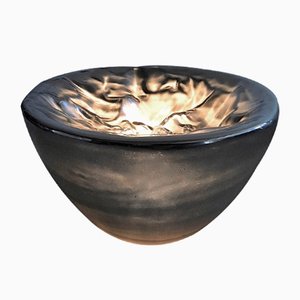

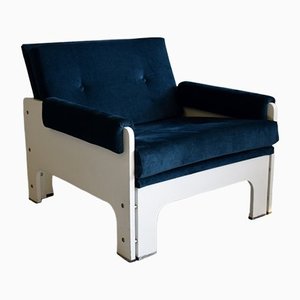
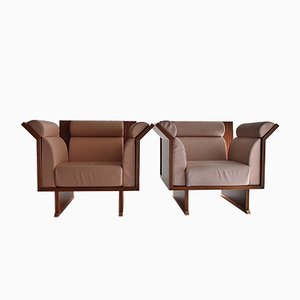
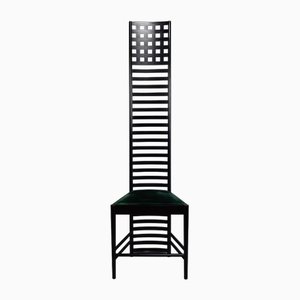

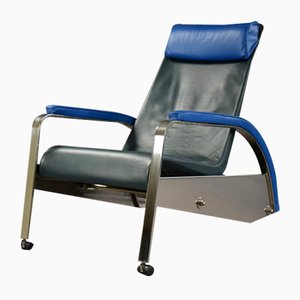
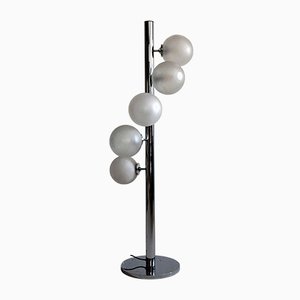
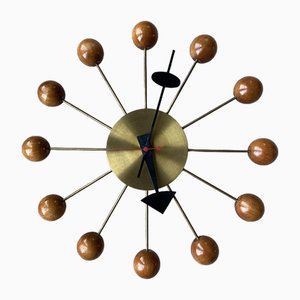
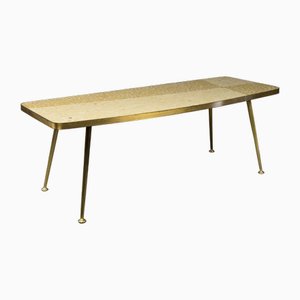
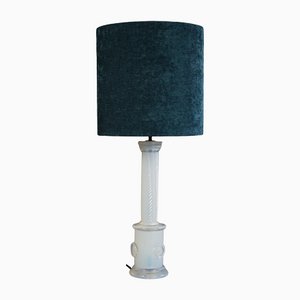
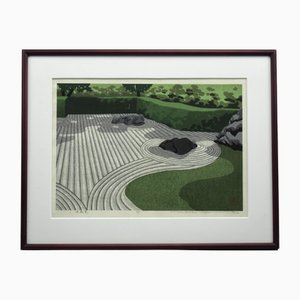
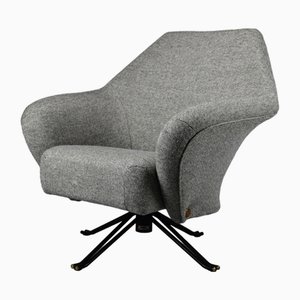
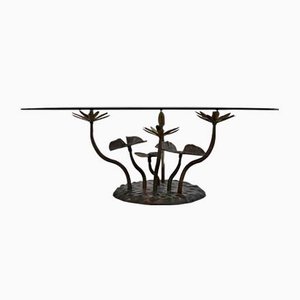
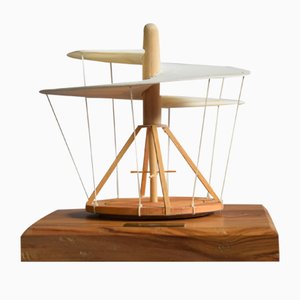
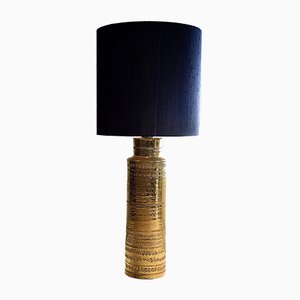

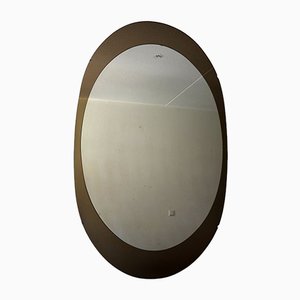
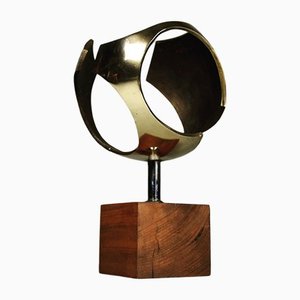
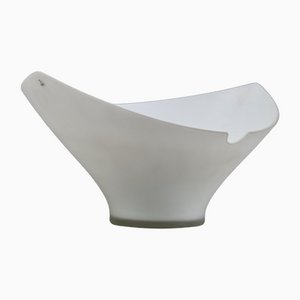
Contacta con nosotros
Haz una oferta
¡Hemos notado que eres nuevo en Pamono!
Por favor, acepta los Términos y condiciones y nuestra Política de privacidad
Contacta con nosotros
Haz una oferta
¡Ya casi está!
Para seguir la conversación en la plataforma, por favor completa el registro. Para proceder con tu oferta en la plataforma, por favor completa el registro.Exitoso
Gracias por tu consulta, alguien de nuestro equipo se pondrá en contacto contigo en breve.
Si eres profesional del diseño, por favor solicita aquí los beneficios del Programa comercial de Pamono